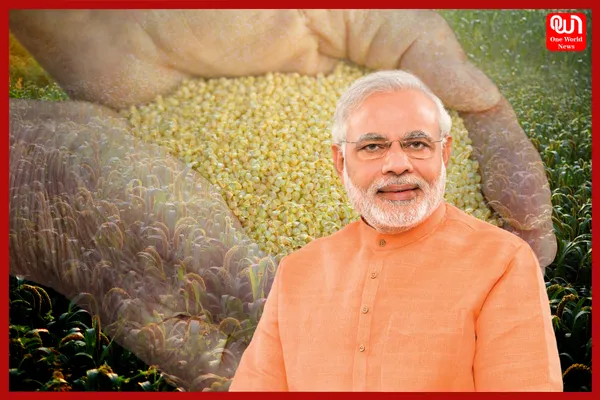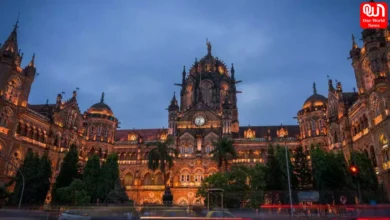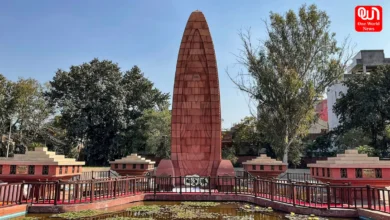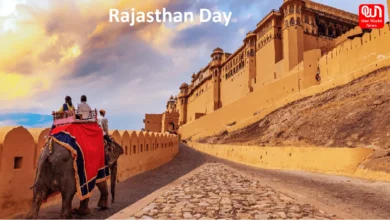
The central government has now committed to making the land of precious millets – India grow
Since ancient times, India was the land of precious millet and in one of the very famous mythological tales, it is said that once when in Devlok, God Vishnu was really hungry and God Shankara cooked Bajra Khichdi for him. It is also said that Christopher Columbus was introduced to Indian millets during his voyage to India in 1492 and he wrote highly about Indian millets in his writings later. Millets have also been mentioned in the oldest text of the Yajurveda and India’s history is filled with such tales.
Not only in Indian history but the fields of medicine like Ayurveda and Unani also gave a huge share of their success to Indian millet. However, why is the nutritional value of Indian millet still unknown to Indians? Traditionally, Indian millets have been part of Indian culture, and they should be part of every Indian’s diet to maintain a healthy lifestyle.
What are Indian millets?
Millets are a group of small-seeded grains that are used as a staple food in many parts of the world. India is home to a wide variety of millets, including Bajra (pearl millet), Jowar (sorghum), Ragi (finger millet), Kangni ( foxtail millet) which are small size crops that are easily grown in India without any fancy arrangements, and are highly nutritious. Indian weather is a perfect weather condition for growing millets which are major Kharif crops.
Millets are grains and are the healthiest of the lot therefore can easily be used in the place of wheat and rice. These millets have been a part of the Indian diet for thousands of years and have played an important role in the country’s food culture.
Despite their many nutritional benefits and historical importance, many Indians remain largely ignorant about millet. In this article, we will explore the reasons behind this ignorance and why it is important to change this mindset.
First, let’s take a closer look at the nutritional benefits of millet. Millets are rich in fibre, protein, and essential minerals such as iron, calcium, and phosphorus. They are also gluten-free, making them an excellent alternative for people with celiac disease or gluten intolerance. Millets are also low in glycemic index, making them an ideal food for people with diabetes.
Despite these benefits, millets have been largely ignored in modern Indian diets. This can be attributed to several reasons, including the following:
- Westernization of the Indian diet: In the past few decades, the Indian diet has become increasingly westernized, with a greater emphasis on processed foods and fast foods. This has led to a decline in the consumption of traditional Indian foods, including millet.
- Lack of awareness: Many Indians are simply not aware of the nutritional benefits of millet. This is due in part to the lack of education about nutrition and the importance of a balanced diet.
- Limited availability: Millets are widely grown in India, they are often seen as a poor man’s food and are not widely available in urban areas. This has led to a perception that millets are inferior to other grains, such as rice and wheat.
So, why is it important to change this mindset and promote the consumption of millet in India? There are several reasons:
- Health benefits mentioned earlier, millet is a rich source of fibre, protein, and essential minerals. By incorporating millet into their diets, Indians can improve their overall health and reduce the risk of chronic diseases such as diabetes and heart disease.
- Environmental benefits: Millets are a drought-resistant crop that requires less water and fewer pesticides than other grains such as rice and wheat. By promoting the cultivation and consumption of millets, India can reduce its dependence on these water-intensive crops and improve its overall food security.
- Economic benefits: Millets are an important crop for small farmers, who often struggle to compete with larger, industrialized farms. By promoting the cultivation and consumption of millets, India can support small farmers and promote sustainable agriculture.
- Cultural benefits: Millets have played an important role in Indian food culture for thousands of years. By promoting their consumption, India can preserve its culinary heritage and promote cultural diversity.
So, what can be done to promote the consumption of millets in India? Here are some suggestions:
- Education: The Indian government should invest in education campaigns that highlight the nutritional benefits of millets and promote its consumption.
- Availability: Millets should be made more widely available in urban areas, either through government subsidies or private initiatives.
- Research and development: More research should be conducted on the nutritional benefits of millets, as well as their potential uses in processed foods and other value-added products.
- Government promotion: The Indian government should actively promote the grain.
Government Schemes for Millets
The Indian government has taken several initiatives to promote the cultivation and consumption of millet, which are highly nutritious and drought-resistant grains. Some of these initiatives include:
- National Food Security Mission (NFSM) – Millets: The Indian government has launched the NFSM-Millets program to promote the cultivation of millets in the country. Under this program, farmers are provided with improved varieties of millet seeds, training on modern cultivation practices, and financial support.
- National Program for Organic Production (NPOP): The NPOP provides certification and quality assurance for organic agriculture in India. Millet farmers can benefit from this program by obtaining organic certification, which can help them access premium markets for their produce.
- Millet Village Scheme: The Millet Village Scheme is a joint initiative of the Indian government and the International Crops Research Institute for the Semi-Arid Tropics (ICRISAT) to promote millet-based farming systems in rural areas. The scheme aims to improve the livelihoods of small farmers by increasing their millet production and promoting millet-based value-added products.
- Integrated Scheme for Agricultural Marketing (ISAM): The ISAM provides support for the creation of infrastructure for agricultural marketing, including the construction of warehouses, cold storage facilities, and food processing units. Millet farmers can benefit from this scheme by accessing better storage and processing facilities, which can help them improve the quality and value of their produce.
- Pradhan Mantri Kisan Samman Nidhi (PM-KISAN): The PM-KISAN scheme provides financial assistance to small and marginal farmers in India. Millet farmers can benefit from this scheme by receiving direct financial support for their agricultural activities.
These initiatives have helped to increase the production and consumption of millet in India, which is an important step toward improving food security and nutrition in the country.
Read more:- FATF Report Creates Trouble For Congress
PM Modi also inaugurated the Global Millets Conference “Shree Anna” on 18th March 2023 and stated, “Millets are now known as ‘Shree Anna’. It’s not confined to just food or agriculture. Shree Anna is now becoming a medium of complete development in India. 𝐒𝐡𝐫𝐞𝐞 𝐀𝐧𝐧𝐚 𝐦𝐞𝐚𝐧𝐬 𝐠𝐚𝐭𝐞𝐰𝐚𝐲 𝐭𝐨 𝐭𝐡𝐞 𝐩𝐫𝐨𝐬𝐩𝐞𝐫𝐢𝐭𝐲 𝐨𝐟 𝐬𝐦𝐚𝐥𝐥 𝐟𝐚𝐫𝐦𝐞𝐫𝐬.”
Like this post?
Register at One World News to never miss out on videos, celeb interviews, and best reads.








